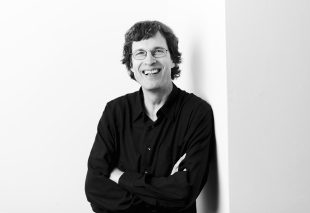
Dr. Jaroslaw Krogulec
Jaroslaw Krogulec has more than 30 years of experience working with aquatic warbler conservation and it’s habitat management. It all started in 1984 when he discovered an unknown population on Chełm Marshes in Poland and later continued with surveys, monitoring, population counting, action plans’ preparation and various conservation initiatives. J. Krogulec was involved in drafting the first International Species Action Plan, forming the International Aquatic Warbler Conservation Team and in 2015 got a position of BirdLife/CMS Aquatic Warbler Conservation Officer.
“In the early 1990’s, we didn’t even know if aquatic warbler still existed and how big the population was. We only knew that it is “очень редкая птица” (ochen’ redkaya ptitsa – very rare bird). Now we know a lot: where our help is needed, how to manage those areas and what the measures are the most effective. It is time to try out some methods that haven’t tested before.”












